Plenary sessions
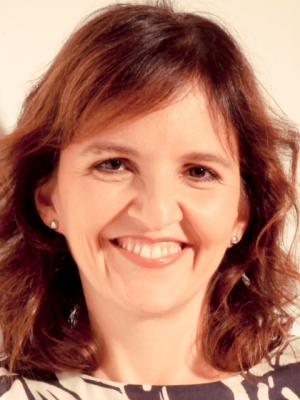 |
Laura de LORENZIS⇲
ETH Zürich, Switzerland
"Machine learning for the solution of PDEs in solid mechanics: many issues and a few solutions"
Laura De Lorenzis is Professor of Computational Mechanics at ETH Zürich. She is the recipient of several prizes, including the RILEM L’Hermite Medal 2011, the AIMETA Junior Prize 2011, an ERC Starting Researcher Grant in 2011, the IIFC Young Investigator Award 2012, the election to EUROMECH fellow in 2022, two best paper awards and two student teaching prizes. She has authored or co-authored more than 130 papers on international journals on different topics of computational and applied mechanics.
|
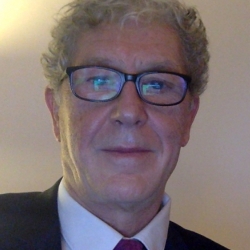 |
Olivier ALLIX⇲
LMPS, ENS Paris-Saclay, France
"A Swiss army knife for coupling: non-intrusive approaches"
Olivier Allix, member of the LMPS, professor emeritus at ENS Paris-Saclay is an honorary member of the Institut Universitaire de France. His research aims to propose and develop methods and concepts to meet industrial challenges involving modeling and simulation, in particular for composites, multi-scale non-linear approaches to structures, non-intrusive calculation strategies or modeling of the dynamic break. A member of 12 editorial boards of international journals, he was chairman of seven academic committees and two industrial committees and co-chairman of 18 international conferences. He received the AMAC prize and the Mandel prize, the Medal of the French Association of Mechanics. He is a Fellow of Euromech and IACM and was Vice-President for Europe of the IACM. In 2019 he received the Gay-Lussac Humbolt prize for his entire career.
|
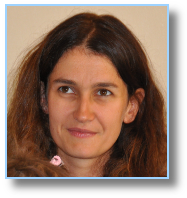 |
Florence BERTAILS-DESCOUBES⇲
INRIA Grenoble Rhône-Alpes, France
"Numerical modelling of fibres in contact for cinema, inverse structural design and physical exploration"
Florence Bertails-Descoubes is research director at Inria and head of the ELAN team dedicated to the modeling and numerical simulation of non-linear mechanical phenomena. F. Bertails-Descoubes defended a doctoral thesis on hair modeling in 2006 at Grenoble INP, rewarded with the SPECIF-Gilles Kahn prize. She then completed a post-doctorate on fluid simulation at the University of British Columbia, before being recruited in 2007 as an Inria research fellow in the BiPop team, specializing in optimization and non-regular mechanics. In 2017 she created the ELAN team, which positions itself in an original way between computer graphics and computational mechanics.
F. Bertails-Descoubes is particularly interested in the modeling of slender structures (rods, plates and shells), in the digital treatment of frictional contact in slender structures and granular matter (granular and fibrous media), and in the design inverse of structures. She regularly presents her contributions to the main computer graphics conferences such as ACM SIGGRAPH or Eurographics, and, for some years now, also in computational mechanics and physics. In 2014, she obtained an ERC grant to devote herself to the inverse design of deformable objects in the presence of frictional contact. In 2019 she co-founded Graphyz, the first symposium at the interface between computer graphics and physics, the second edition of which took place in October 2022.
|
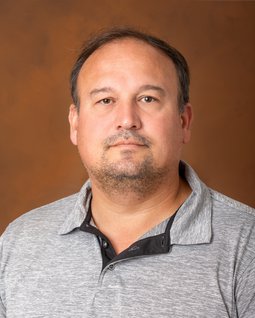 |
Eric LAROUR⇲
JPL, California Institute of Technology, USA
"To what extent can we predict rising sea levels in 2150?"
Dr. Eric Larour is the Section Manager for the Earth Science Section, Science Division, Jet Propulsion Laboratory. His scientific interest lies in Cryosphere processes with a particular focus on the impact of melting ice caps on sea-level rise on decadal to centennial timescales. He is the project manager for the Ice Sheet and Sea-Level System Model (http://issm.jpl.nasa.gov), a modeling software to quantify the evolution of polar ice sheets in a changing climate. His interests include ice sheet dynamics and its interactions with the ocean, solid-Earth and atmosphere, as well as data assimilation, forward modeling, inverse modeling and uncertainty quantification. He is a PI for the NASA Sea-Level Change Science Team and the lead for modeling and integration in the team.
|
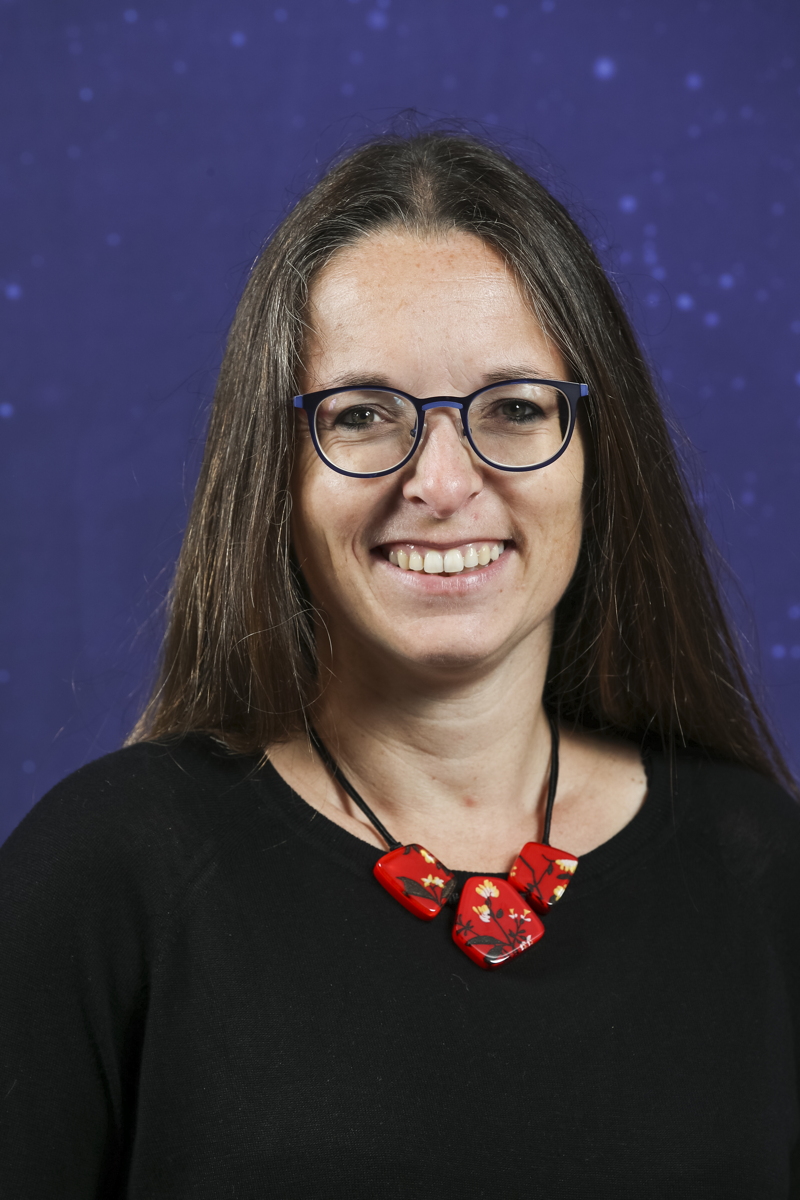 |
Marie JACQUESSON
CNES, Chef du service Structures Thermique et Matériaux Transport Spatial à la Direction des Lanceurs Technique et Numérique
"Tomorrow's space transportation: system and technological challenges for structures"
Marie Jacquesson joined CNES after completing a PhD on the fatigue of metal matrix composite materials at ONERA. In the CNES Technical and Numerical Division, in the field of space transport (launcher), she is in charge of a team leading work to prepare for the future, support developments and check risk management in operation in the field of structures, thermics and materials. As part of this work, it is directing conceptual, research and technology, and demonstration activities for the benefit of future space transportation systems. It also carries out activities based on digital methods and tools to ensure that resources are in line with the need for rapid and robust analyses in preparation for the future, and the need for exhaustive analysis of complex phenomena to support the development and even the operation of launchers. The engineers in this structure must respond to the challenges of future space transport, and therefore address issues such as stage reuse and reducing environmental impact.
|
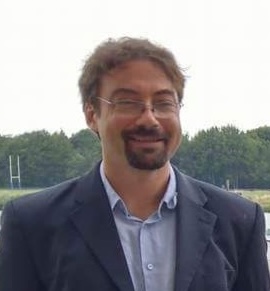 |
Ludovic STUMME
NAVAL GROUP, Responsable Secteur d'Activité Simulation, Responsable Domaine de Calcul Simulation, Expert Sénior Simulation de Combat Naval
"From Digital Twins to Engineering 4.0, a fad or a necessary evil?"
For a number of years, Ludovic Stumme has been involved in developing the Digital Twins concept within Naval Group, and has shared this vision at around twenty conferences in France. More generally, he is a major player at Naval Group in deploying Engineering 4.0 principles, methods and technologies.
In particular, he has contributed to defining engineering principles centered around data and simulation models.
|
|


